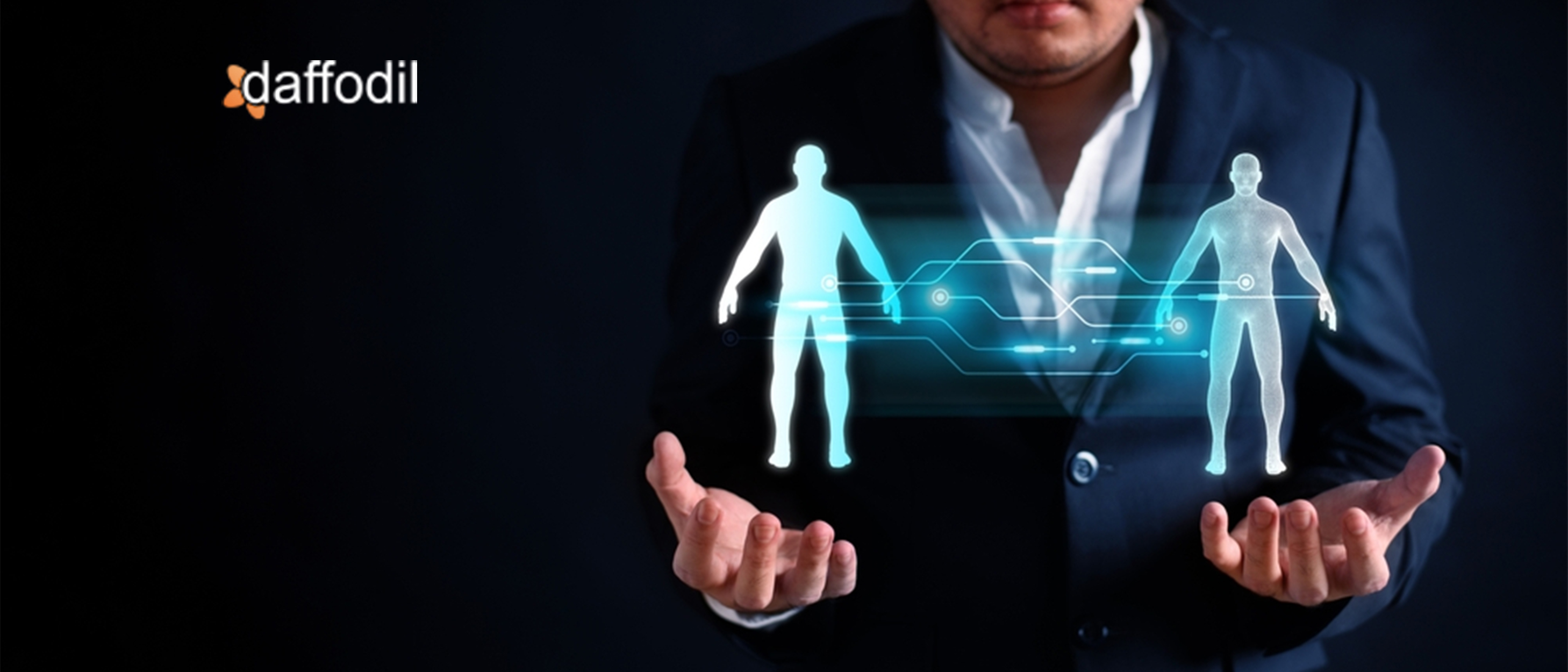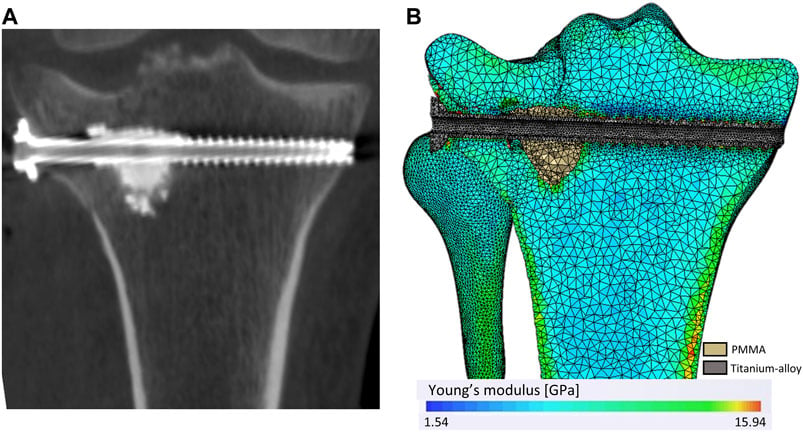
In the current healthcare landscape, personalization of patient care has become a top research priority and finds a place in active discussions around the improvement of healthcare workflows. The Digital Twin concept is at the forefront of these discussions as it is paving the way for the creation of groundbreaking digital applications that facilitate enhanced precision medicine, clinical trials, and population health.
There are immense volumes of data generated by healthcare, including multimodal patient data, population data, and real-time updates on patient conditions and their vitals. Creating a digital twin of a patient's profile is a no-brainer for all kinds of stakeholders in the healthcare paradigm looking to develop new ways of utilizing this data.
In this article, we will delve into the nitty gritty of healthcare digital twins and the scope for the betterment of care delivery offered by them. We will then go on to discuss the various applications and the potential for innovation offered by this technology.
What is a Digital Twin?
A digital twin is fundamentally a digital representation of a physical object, system, process, or environment spanning the entity's entire lifecycle. The digital twin has the look and feel of its physical counterpart and simulates the way it would behave in the real world. Digital twins offer unlimited potential to conduct studies and research without actually having to get the physical entity involved.
Digital twin technology has been utilized extensively in the construction and military domains. For instance, a 3D blueprint of a building allows for making tweaks to the design before construction begins. Simulation jets and airplanes have been in existence for decades and are leveraged to train pilots before they are ready to set foot in an actual cockpit. The first documented use of digital twins was witnessed in the 1960s when NASA developed exact replicas of the vessels that would be used in their space exploration missions.
While digital twin technology has vast potential in improving processes across various industries, the question naturally arises, What can Digital Twins do for Healthcare?

Source: Markets&Markets
Health Digital Twins (HDT) are virtual representations of a patient's health information. It is produced through the gathering and analysis of data from numerous sources, such as medical records, wearable technology, and environmental sensors. The HDT can be used to monitor a patient's health over time, spot trends, and predict potential hazards to their health before they turn fatal. Additionally, it can be utilized to tailor treatment programs and boost the effectiveness of healthcare services.
Although HDTs are still in the early phases of research, they have the potential to completely change the way healthcare is provided. They can contribute to lowering expenses, raising accessibility to healthcare, and enhancing care quality.
The following are some advantages of adopting HDTs in healthcare:
- Custom Care: HDTs can be utilized to develop personalized treatment programs that are catered to the need of individual patients. This may result in better outcomes and lower expenses.
- Predictive Analytics: HDTs can be utilized in predictive analytics to identify potential health problems. This can assist patients in taking precautions and avoiding significant health issues.
- Efficiency: HDTs can be utilized to increase the effectiveness of providing medical care. A direct result of this is the reduction in expenditures and wait times.
- Access: HDTs can be utilized to increase everyone's access to healthcare. For those who reside in remote areas or have insufficient access to healthcare, this is especially crucial.
Digital Twins in Healthcare: Latest Innovations
Several leading healthcare organizations are investing in connected infrastructures that allow for increased integration of HDT strategies. The end goal is the enablement of HDT-driven diagnostics and analysis in addition to unlimited potential for collaboration and interdisciplinary intervention. Here are some startups and seasoned organizations that are leading the innovation train in the HealthTech industry:
- Stryker is an organization using digital twins to improve the design and manufacturing of medical devices. The company consumes data from its digital twins and analyzes it to identify potential problems with its devices' designs before they are released to the factory floor.
- Siemens is using digital twins to improve the business outcomes of its healthcare operations and the associated overheads. The company uses data from its digital twins to identify areas where it can save money and improve patient care by simulating real-life scenarios of patient overload, system downtime, etc. that have the potential to put a considerable strain on daily healthcare workflows.
- Johnson & Johnson is using digital twins to develop personalized treatments for cancer. The company uses data from its digital twins to create models of how cancer cells respond to different treatments.
Applications of Digital Twins in Healthcare
The data-driven approach enabled by HDTs allows for objective assessment of progress, helps identify areas of improvement, and guides treatment modifications as needed. Here are some of the applications of HDTs explained in in-depth detail:
1)Development of Medical Equipment
By setting up a virtual environment, HDT enables manufacturers and researchers to simulate and test medical equipment. Engineers can assess a piece of equipment's performance, functionality, and compatibility with human physiology by combining a digital twin with representations of the equipment developed with Computer Aided Design (CAD). Engineers can use HDT to modify the digital twin and carry out iterative design enhancements. Before physical manufacturing, they can analyze how these changes would affect the performance of the equipment to ultimately ensure that the best possible design goes through to the production phase.
2)Disease Modeling
Based on a person's health information, HDT may produce a customized virtual model of the potential patient's distinctive physiology, genetics, and medical background. This information is combined with illness-specific algorithms and models by HDT to simulate the entire course of a certain disease in a patient over time. This tailored method makes it possible to comprehend disease dynamics more deeply and aids in the prediction of patient outcomes.
3)Digital Therapeutics
Personalized treatment and strategies for patients looking for therapeutic intervention can be safely enabled using HDT. It can monitor progress, provide rewards for breakthroughs, and convey inspirational messages to encourage patient engagement and enhance therapeutic results. Through the use of sophisticated analytics and machine learning techniques, HDT additionally derives useful insights into the human psyche from the obtained data.
4)Anatomy Simulations
HDT helps develop intricate virtual models of a person's anatomy including organ systems, and their spatial interactions. In order to learn and explore the human body virtually, healthcare professionals and students can use this nearly accurate portrayal to create realistic and engaging anatomy simulations. On the digital twin, surgeons and trainees can practice procedures like intricate surgery or try out less invasive methods that would require minimal rehabilitation post-surgical intervention.

Image: HDT of a bone injury
Source: Frontiers.in
5)Healthcare Workflows
The accuracy and complexities of patient information are enhanced by data integration, facilitating better-informed decision-making. Collaboration between healthcare teams and care coordination is made easier by HDT. In order to facilitate real-time communication and information sharing across healthcare practitioners, HDT offers a digital depiction of a patient's health state, treatment plans, and progress in a centralized control panel that can allow simultaneous access to multiple stakeholders.
6)Rehabilitation
Healthcare providers can customize rehabilitation programs to meet the unique needs of each patient thanks to HDT. Across the entire rehabilitation lifecycle, HDT provides functional assessment and tracking of progress. HDT enables patients to practice and train for functional activities in a monitored and secure setting by immersing them in virtual scenarios that replicate real-life events. Furthermore, it makes it possible for telehealth and remote rehabilitation services, hence extending access to rehabilitation programs for patients who might have restricted mobility or encounter geographic limitations.
ALSO READ: How Will Digital Twins Evolve in the Future? Predictions and Emerging Trends
HDTs will Lead the Future of Healthcare Digitalization
Technological innovation in healthcare powered by HDTs has been increasingly adopted in healthcare today. Healthcare technicians and experts have taken these concepts, many of which originate in engineering, and remodeled them so they can be incorporated into managing health risks and health conditions via a blended all-inclusive digital health experience. Due to the ongoing allocation of more and more cognitive resources to their utilization, the potential of HDTs is almost endless. Digital twins are able to continue to produce the insights required to improve products and streamline operations since they are always acquiring new knowledge and abilities. If you need assistance with your digital twin solutions, you can book a free consultation with Daffodil Software today.



